Twenty Years Ago! The anime we would have been watching in 2002 if only we could have…
Twenty years ago…no streaming, no simulcasts, practically no R2 DVDs and very little anime to be found on TV (although CNX began showing anime in 2002 and ran till 2003, but that’s another story). How on earth did we get our anime fix in the UK back then? When we looked back at the titles that were released in 2002, we realized that – even if we didn’t get the chance to watch them that year in the UK – many of them are series that we’ve come to know and love since then. Some are so critically acclaimed that they’ve been released as DVDs and then Blu-rays. So join us for some unashamed nostalgia as we put the clock back to 2002…
Darkstorm
2002 was a very important year for me, because it was the year I became an anime fan. I experienced anime before my early teens, with the likes of Sailor Moon, Yu-Gi-Oh! and Pokémon broadcasting on TV, dubbed and heavily edited, but as a kid – unless you had otaku family or friends – you didn’t really know what ‘anime’ was. To me, those series were just cool cartoons that I knew felt different from the likes of Rugrats and Hey Arnold. So, 2002 was the turning point, when I knew what anime was and knew I wanted to be part of it, and it was also the point when it seemed to have more adult shows both on TV and available to purchase. I’ve already talked about my first ‘grown up’ anime in an Evangelion article back in 2019, so today I’ll focus on a couple of others that I also remember coming out at that time.
First let’s get this out of the way: it’s been 20 years since Spirited Away came out??? That doesn’t seem to be true, but it is. I want to say that I was fully on-board with this movie when it first came out, but I wasn’t. I didn’t hate it, but I didn’t fully ‘get it’ either. The animation was, of course, unique, Joe Hisaishi’s score was mesmerising and it was different from anything else I’d seen, but I didn’t feel the need to re-watch it upon finishing it either. As I got older though and learned more about Studio Ghibli’s history and other films, whilst I wouldn’t count this as my favourite of theirs, I do think it was an important film to be exposed to young and the perfect film to be first picked up by Western audiences. It’s an Alice in Wonderland type of adventure where the world our heroine drops into isn’t kind to her and will turn on her if she makes the wrong move. She’s a fish out of water whilst also helping both her selfish parents (not bad people, they just make bad decisions) and spirits within the Bath House who need someone to point them in the right direction. It’s a film that gets better with every watch and I’m so glad we got access to Ghibli’s film library as a result of this film’s success
Also, just because I experienced adult animation, doesn’t mean that I said goodbye to kids’ shows altogether. At the time, I was very much into Yu-Gi-Oh! which was on ITV and eventually Sky (although I remember watching it on the latter more) and I still have a fondness for the show to this day. When I reviewed the crossover movie Bonds of Time back in 2011, it wasn’t a screening I felt I had to go to, I really wanted to attend it! Despite its heavy edits and dubbing choices, I still love the unique art style, the dub had very quotable (and meme-worthy) lines, the cast was great, and just the card game itself – how involved, cheesy, yet dark and creative it was, how seriously they took it and how it shaped their whole world – it influenced a lot of similar anime and games to this day (Bakugan for example) but the original Yu-Gi-Oh! is a series I look fondly upon, no matter how old I get!
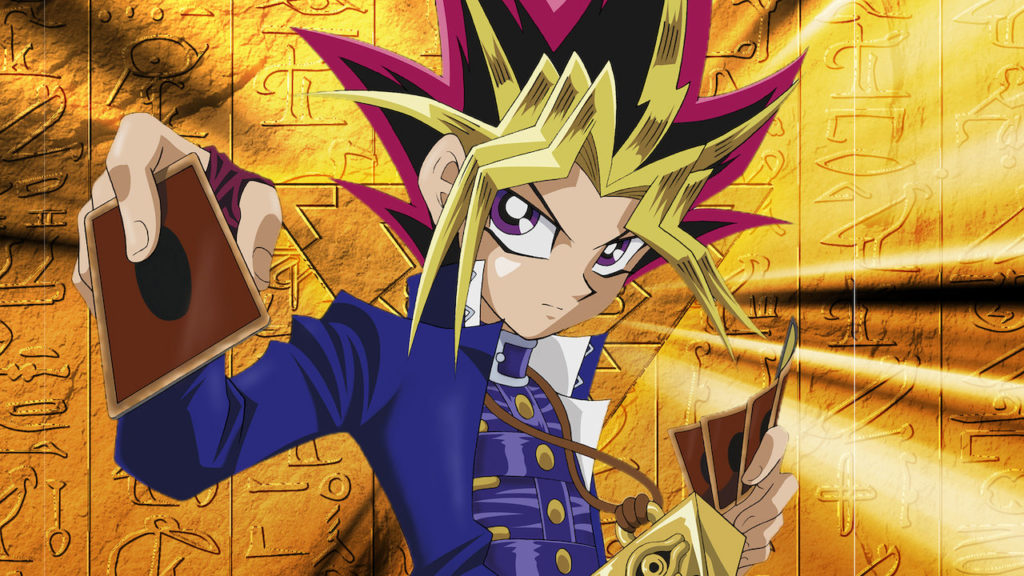
Rui
I didn’t actually watch any of the shows I’m going to mention in this piece in 2002 itself due to the state of the industry at the time, but I was following the news and vividly remember my fellow fans raving about their latest fansub viewings of Azumanga Daioh, which was at the time ubiquitous, at least in the UK. Some of the favourites from that era have since fallen by the wayside – I don’t remember the last time I heard anybody talking about Magical Shopping Arcade Abenobashi, Full Moon Wo Sagashite or She, The Ultimate Weapon, for example, even though they were all well-loved in their day – while others, like Gundam SEED and Full Metal Panic, eventually made it to the UK to help convert generations of new fans. It was a strange period when anime imports were still being released as single discs with two to four individual episodes apiece, despite costing as much as we pay for complete series collections these days, and where most people were still paying for their Internet connections according to the time they spent online (outside of universities, which were reportedly anime piracy hubs). Given that downloading even a single low resolution, poorly-translated filler episode of a months-old show could take more than a day – and often involved multiple disconnections – fansubs were out of reach for a lot of people in the UK at the time. Importing from the US was usually the only option, especially for longer television shows which were often too expensive for the UK anime distributors of the day to be able to release.
We have come a long way in two decades! Sadly, as a result of the difficulties of the past, several wonderful titles slipped through the cracks and never received a UK home video release at all. They weren’t viable options at the time and now they’re considered too old to appeal to the fans of today. It turns out that two of my very favourite 2002 anime series fall into this unfortunate category!
The Twelve Kingdoms (Juuni Kokuki) is a sprawling fantasy saga – and an early example of isekai – based on a series of novels by Fuyumi Ono (who also penned the novels behind Ghost Hunt and Shiki). Unlike a lot of modern fantasy anime The Twelve Kingdoms borrows more from Asian mythology than the classic pseudo-European setting, and its complex narrative from the perspective of a displaced Japanese schoolgirl has a serious tone seldom found in the genre. There’s a diverse cast of characters including humans and beastfolk, and enough politicking between the various nations (the titular ‘twelve kingdoms’) to keep the stakes high. Sadly, the anime adaptation finished without covering all of the material from the novels and Tokyopop’s English translation of the novels stopped in a similar place, so the series is still incomplete two decades later with several dangling plot threads (despite being well worth a watch for the novels that they did manage to cover). Perhaps the time is right for a return to The Twelve Kingdoms? There’s certainly still a healthy appetite for isekai fantasy and spin-off novels are still being published – intermittently – in Japan. If it does receive a second chance at a complete adaptation one day, I would be rooting for Kunihiko Ryo to return and provide the music once again. The creative team assembled for the 2002 anime put together a wonderful classic which doesn’t get as much acknowledgement as it deserves.
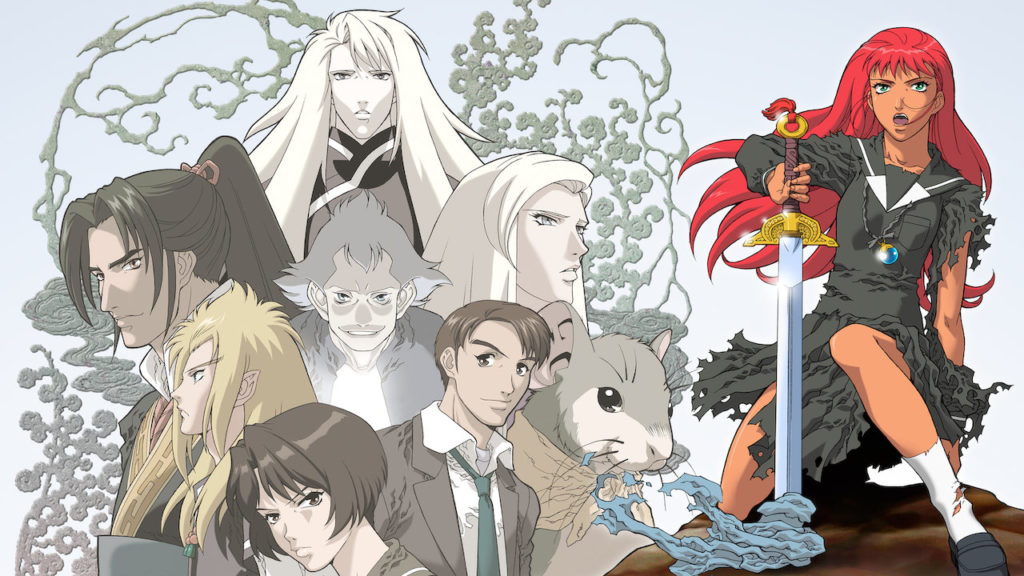
My second pick is a very different show, which sent a few excited ripples through the fan communities on various anime newsgroups back in the day. I didn’t get to see Princess Tutu until a few years later when AD Vision brought it to the US but from the title, I was expecting a light, fluffy magical girl series aimed at small children. I’d been a big fan of Sailor Moon during its run on German television and the involvement of several members of the staff made it a must-buy. The series ended up surprising me. It starts out as a whimsical fantasy story about a duck who becomes a magical ballet dancer, with the surreal tropes of a western fairy tale mixed seamlessly together with the heart-pounding melodrama of a good shojo manga, but it’s not long before the plot thickens and our plucky heroine has to deal with some big problems. The soundtrack is largely composed of classical music instead of modern compositions, together with dreamy themes contributed by Ritsuko Okazaki at the very height of her too-short career. I’d suggest Princess Tutu to anybody who likes drama, dance, cute girls (and boys) or a good, self-contained story with some surprisingly dark twists and turns.

While The Twelve Kingdoms never did make it to the UK in anime form, Princess Tutu managed a belated arrival as part of HIDIVE’s online library and I’d heartily recommend it even two decades later.
HWR
2002 saw a slew of modern classic anime though none stand out for me as much as Ghost in the Shell: Stand Alone Complex does. A spiritual successor to the seminal Mamoru Oshii science fiction film released in 1995, a film which took the Western world by storm, this series focuses on the members of Section 9 as they investigate various cases including an overarching story based on a notorious hacker dubbed “The Laughing Man”.
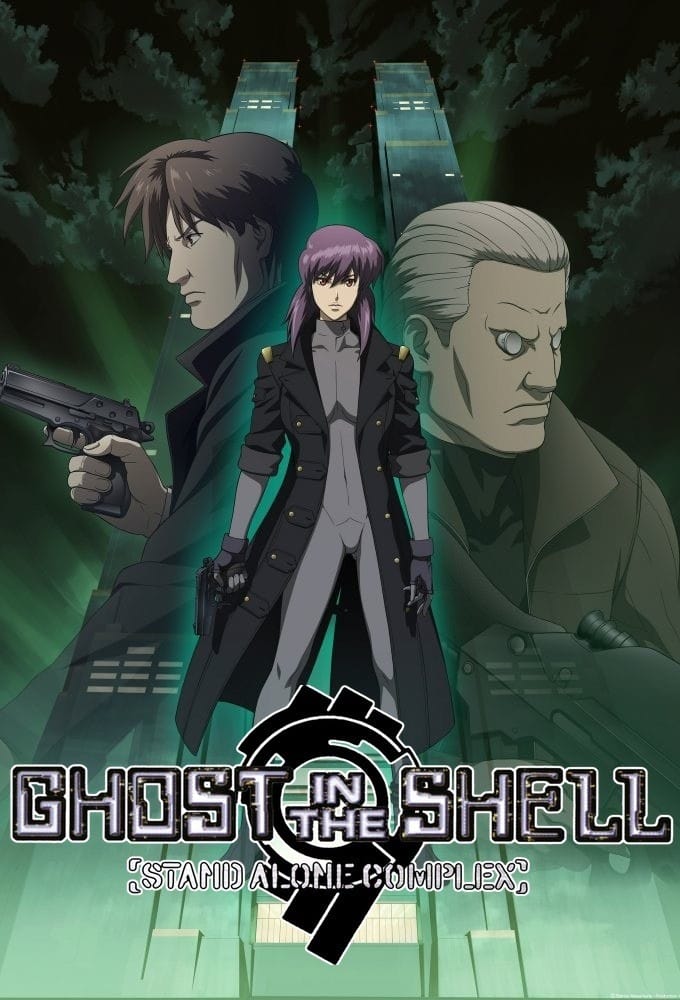
Stand Alone Complex consists of standalone episodes focusing on individual cases and storylines and also episodes which carry the same continuity involving The “Laughing Man” case. What’s great about this structure is that it gives members of Section 9 outside of Makoto and Batou opportunities to shine, especially Togusa who really comes into his own as a character across the series.
Director Kenji Kamiyama does a great job of taking what was established in the 1995 film and expands upon it, building great lore and making the most of a superb cast of characters. Yoko Kanno’s score for the series also boasts some sublime music featuring the likes of Origa, Scott Matthew and Illaria Graziano, and adds further memorability to the series.
Though the second season is arguably the stronger of the two this series established the groundwork and is one of my all-time favourites, remaining one of the finest Sci-fi anime to come out of the 21st Century.
Onosume
While I’d been exposed to some anime as a kid like Pokémon, Digimon, and Cardcaptors, I didn’t get into it properly until the mid-2000s boom. However, I did end up watching several shows from 2002 when they eventually appeared on TV through the likes of AnimeCentral, the Anime Network block on Propeller and the various Pop channels.
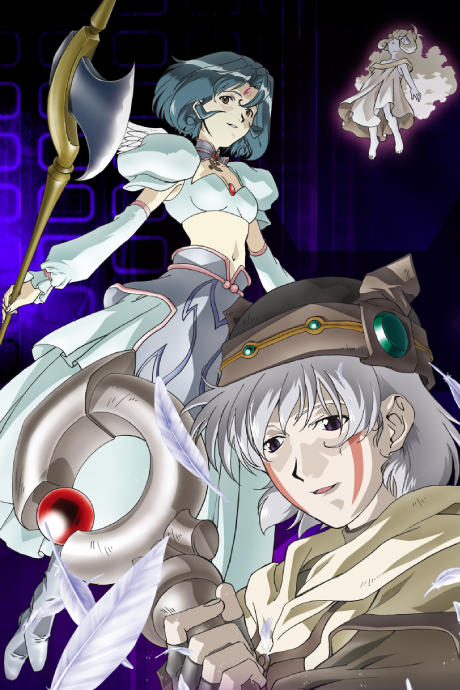
While these channels had some real heavy hitters that have since been lovingly re-released on Blu-ray, like Ghost in the Shell: Stand Alone Complex and Fullmetal Alchemist, there were quite a few hidden gems on show. These included what was one of the first forays into the isekai “trapped in a video game” plots, .hack//SIGN. While the now more popular Sword Art Online was just getting started with its web novels, .hack was already entertaining fans with an emerging multimedia franchise consisting of a trilogy of video games, anime, manga and novels. SIGN works as a prequel/origin story for the original games, establishing the main setting of “The World” with a story that is very similar to its genre siblings, where a player finds themselves unable to log out of the game and falls comatose in the real world.
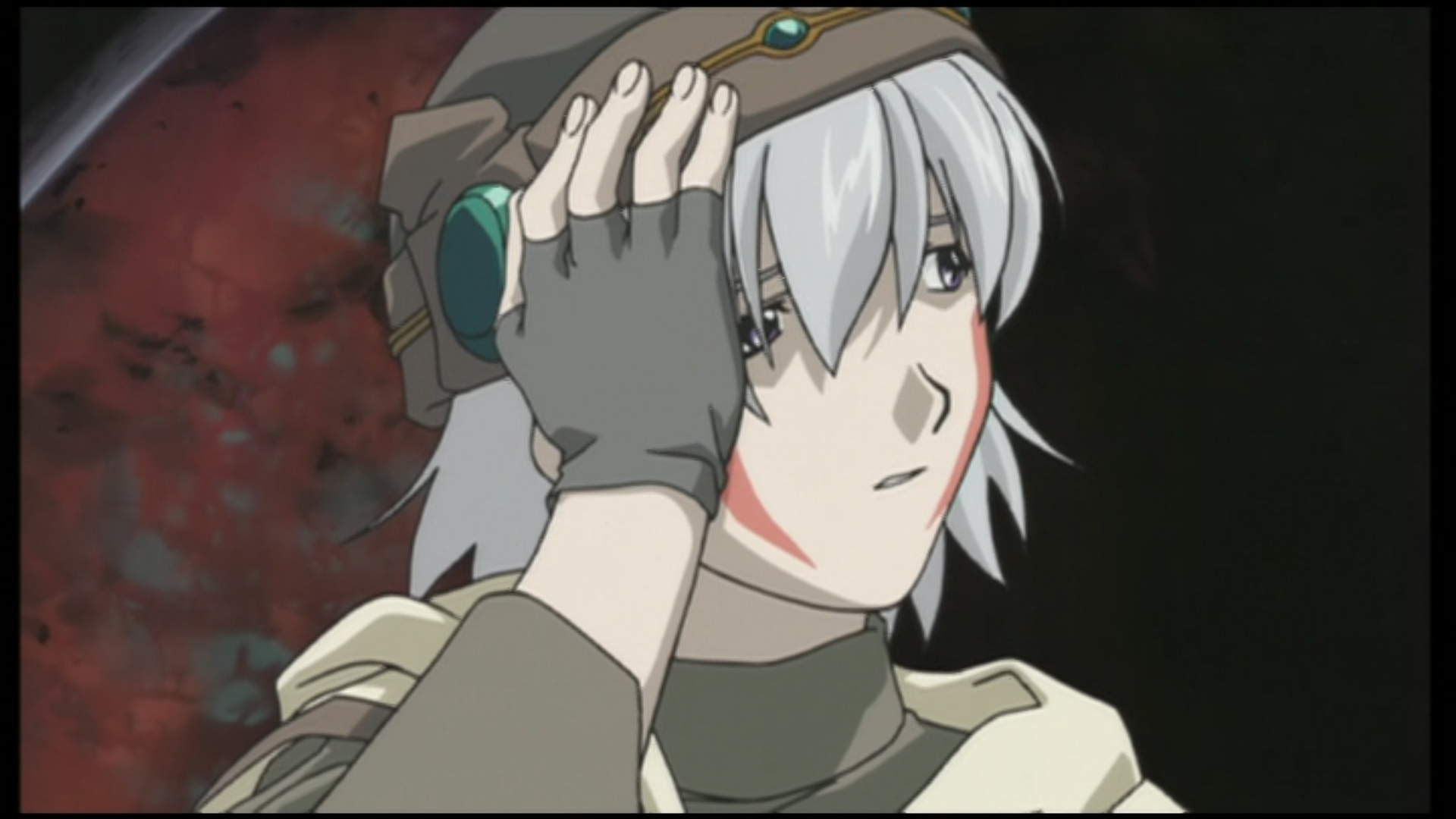
While Sword Art Online is more of a male power fantasy story, .hack//SIGN is a fantasy adventure that is built around its ensemble cast unravelling the mystery behind the odd events that are happening in the game and trying to help the aforementioned trapped player, Tsukasa, log out and get back to their real body. While it has been a while since I last re-watched it, I remember really enjoying this for its immersive world building, engaging characters and touching storyline. It was just the perfect mix of two things I loved: video games and fantasy novels, and certainly with the former I think it bridged the gap between the video game and anime worlds really well. It also had an amazing soundtrack and is the show that I’d credit with me discovering Yuki Kajiura, and indeed Chiaki Ishikawa back in their See-Saw days (Obsession is still one of my favourite anime openings of all time).
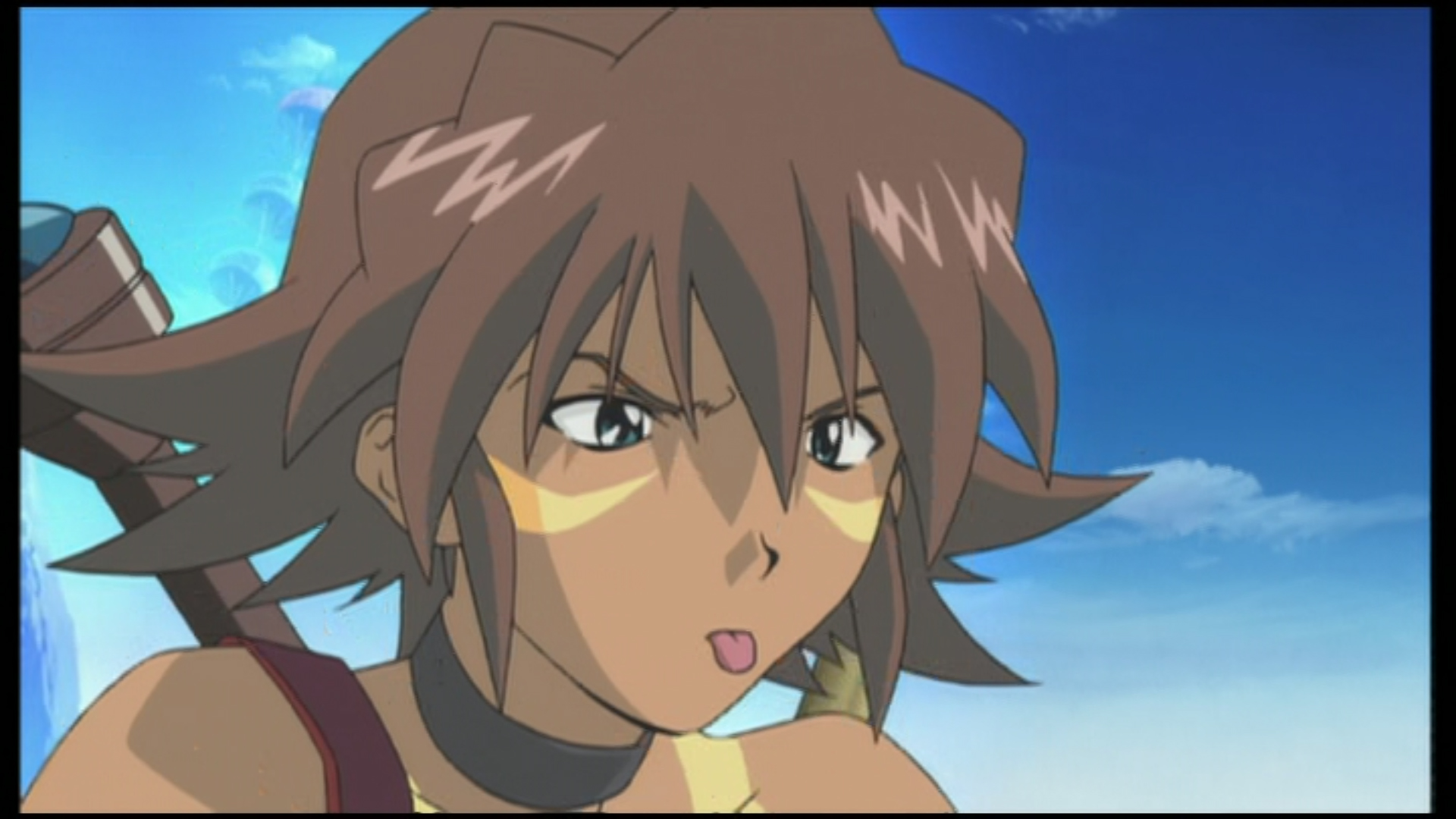
While the series received a reprint in the US from Funimation in 2015, it has long been out of print in the UK, and even though it’s probably too old to get any kind of Blu-ray release, I’d still like to see this available again for folks to experience an isekai story that isn’t just one overpowered guy demolishing everything.
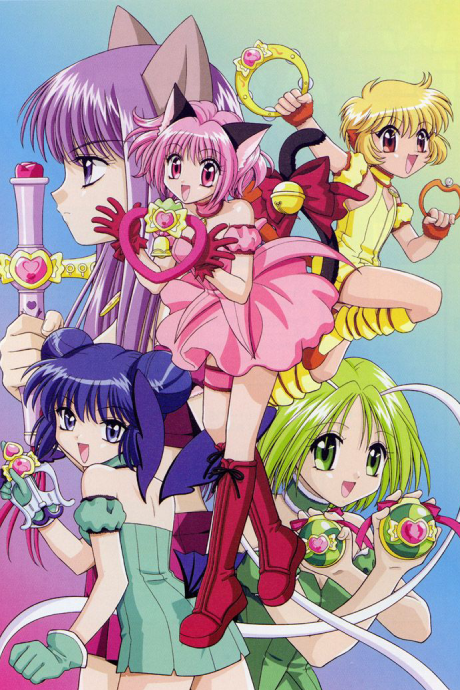
Another hidden gem that I’d like to mention is Tokyo Mew Mew, a series that is thankfully getting a reboot this year, as it’s one that I remember casually enjoying the odd episodes I saw, but I didn’t watch enough of to really follow the ongoing storyline.
Airing around the same time as other magical girl series like Cardcaptor Sakura, Magical Doremi and Princess Tutu, the series tells the story of Ichigo Momomiya, a girl who suddenly finds herself acting like a cat and gaining the ability to transform into superhuman cat girl after being involved in an incident at an endangered species exhibit. Partnering with the four other girls who make up the Mew Mews, they must now defend the Earth from aliens who are turning animals into monsters.
This is going quite a way back now, but I remember this show being a lot of fun even though I wasn’t watching it on the regular. I recall it having a more romantic angle than some of the others which is pretty interesting to note as looking at the way magical girl shows have progressed over the years it’s not something that tends to get pushed to the forefront (most Precure series tend to place their focus more on friendship with a bit of a moral message, for example). As such, I’m actually quite looking forward to seeing what they can do with the reboot, and I’m hoping they can do a classic magical girl series justice in a better way than Sailor Moon Crystal did.
While the original TV series has never been available on disc here to my knowledge, the source manga is available in a series of omnibus volumes from Kodansha in both print and digital formats.
Ian Wolf
Personally speaking, I was late coming to anime. By this time, when I was 16, the only anime I would have seen would have been Pokémon on Sky, and my main interest in that series would have been the game. I had no other interest in anime or manga until I went to university, and even then that was not until I made a shift from software engineering (I had no idea how to code) to media studies, which as it turns out really is as pointless a subject as people make it out to be (best go for a more practical media degree like TV production or journalism). I was told by my lecturer to seek out new forms of media to expand my knowledge, with anime and manga being my choice, and since then I’ve never looked back. Having said that, I still kept it secret for a while, what with the whole: “Isn’t anime mostly porn?” misassumption thing.
However, when it comes to looking back at shows from that time, either out of plain curiosity or a desire to expand my anime knowledge, there are certain choices that spring to mind. As someone with an interest in the work of CLAMP, the adaptation of their sci-fi romcom Chobits is one that clearly stands out.
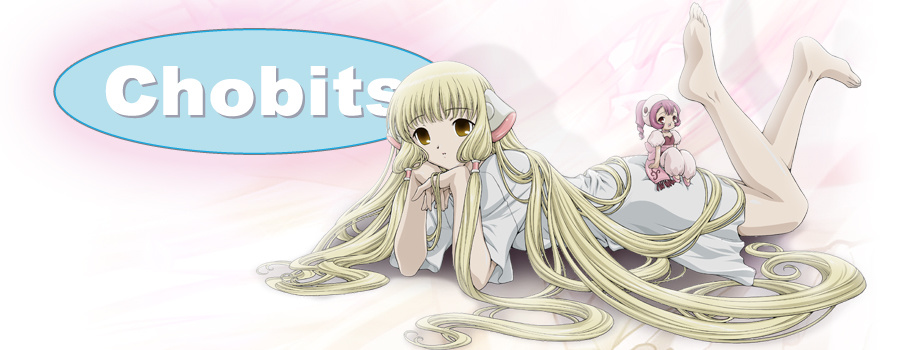
Arguably a follow-up to what is in my view the best CLAMP anime adaptation, Angelic Layer, sharing some of the same characters, while also making reference to characters from the first story who had died in-between the two tales, Chobits on the surface may seem like a story about robots, but differs as the main character is strictly speaking a humanoid computer called a “persocom”. Dubbed “Chi”, because it is the only thing she can say when male lead Hideki Motosuwa finds her in a pile of rubbish, the story is not only about the relationship between people and technology, but also about love of different kinds.
At first the love appears to be erotic: whereas most persocom have a switch behind their ear to turn them on, Chi’s is in her groin. However, it is indicated that because her switch is down there, the relationship between Chi and Hideki is actually chaste because Hideki cannot make love to her for fear of hitting the switch, turning her off and wiping Chi’s memory. You could argue the relationship is more like that of mother-and-child, as Chi lacks any common sense and Hideki has to educate her in the basics of modern life.
One major aspect to look at with Chobits is that it was the last series in a particular era for CLAMP. Aside from the one-shot Murikuri, which remains the only CLAMP work not released in English (and I for one would love it if someone were to bring it out), and another series, Legal Drug, which went on the first of two hiatuses in 2003, what came next where CLAMP’s two longest-running works: fantasy xxxHOLiC and cross-referencing early isekai Tsubasa: RESERVoir CHRoNiCLE, which witnessed a change in direction from the group.
Sarah
One of the points frequently made above by my fellow writers as we look back at the anime from 2002 is the importance of the soundtrack – citing the names of composers (mainly women, yay!) whose specially composed music enhanced the animation in a highly memorable and significant way. For me, time spent in France in the 80s and 90s meant that I’d already had the chance to see anime that had never been shown over here and, chancing on Vision of Escaflowne in 2001 (shown nightly on French TV) with Yoko Kanno’s colourful score was a game-changer! However, my 2002 pick, GetBackers from Studio Deen, was the first time I encountered the atmospheric and distinctive compositions of Taku Iwasaki (Black Cat, Gurren Lagann, Bungo Stray Dogs). Few anime/film composers are better than Iwasaki at subtly creating a feeling of unease and mounting tension, often using strings to underscore a scene and tell you more about the feelings of the characters than the dialogue alone.

I loyally collected all forty-nine episodes of GetBackers, one ADV disc at a time (a whole five episodes on each disc!) as there was no other way to watch it in the UK.
Why did I get hooked? GetBackers is a buddy series, based on the long-running manga by Yuya Aoki and Rando Ayamine, about two young men: Ban Mido (the sour-tempered spiky-haired one) and Ginji Amano (the fair-haired one with the open, innocent manner) who run an agency in which they ‘get back’ stolen objects to earn a living. ‘If it was stolen from you…Don’t get mad…Get it back!’ So far, so relatively predictable… but Ban and Ginji have hidden powers, which is just as well, because they’re up against some sinister opponents, most notably, the splendidly creepy Akabane/Dr Jackal who uses scalpels as weapons, Lady Poison, and MakubeX, an IT prodigy. The best story arcs in the two seasons manage to combine high-stakes drama with moments of comedy, anticipating in some ways Tiger & Bunny but never getting into the concept of ‘heroes’, super or not. I also can’t deny picking up on strong ‘more than friends/partners?’ vibes from the series at the time which was later reinforced by official art in NewType – and not just the main pair. GetBackers is long overdue a re-issue – because it’s a really engaging watch!
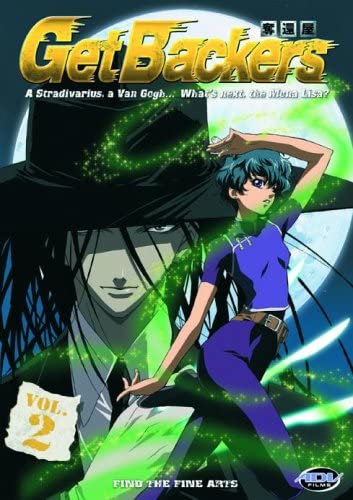
Later, I got the chance to review several other 2002 series, notably Samurai Deeper Kyo and Full Metal Panic – but, like my fellow writers, I wasn’t able to watch the 2002 releases I’ve mentioned here in the year they made their debut in Japan. That’s just how it was for most of us in the UK twenty years ago.


